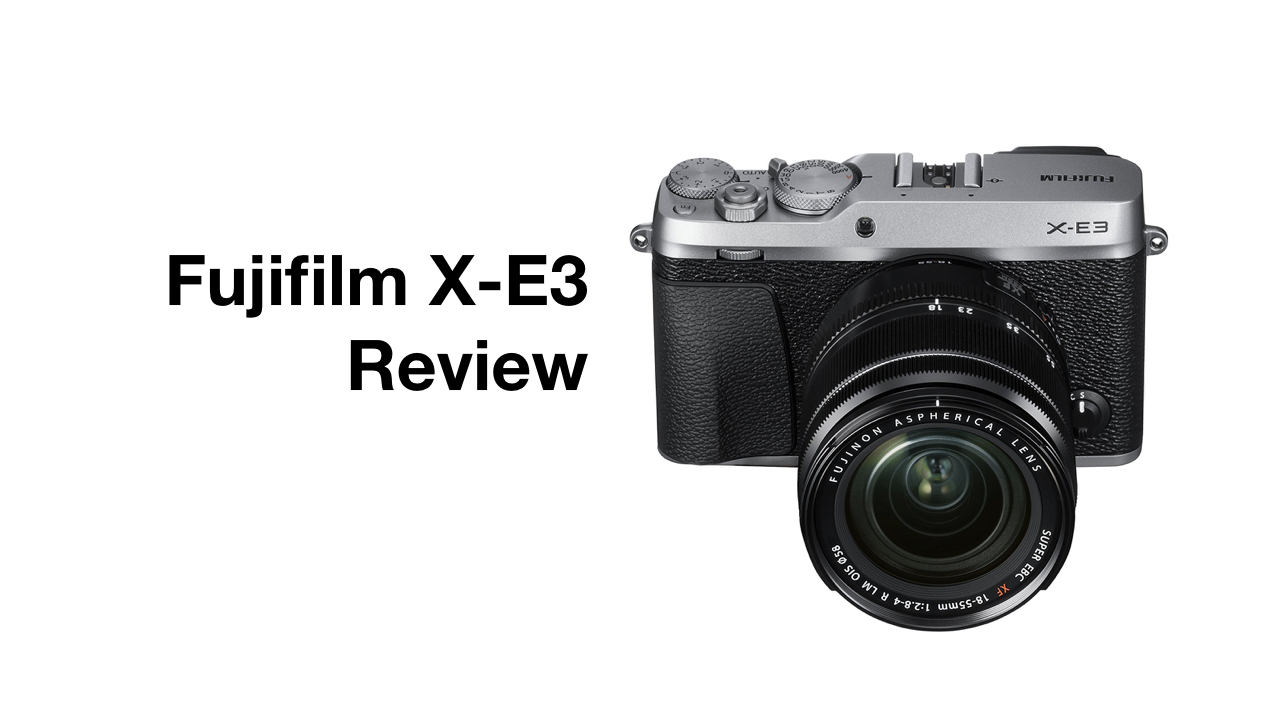The Fujifilm X-E3 mirrorless rangefinder camera is highly rated and would work well for some people’s photography needs.
Differing Reviews
DP Review gives the camera an 84% score and the rare Gold Award. (source) The review by Camera Labs says the X-E3 is “a very satisfying mid-range mirrorless camera for anyone entering the world of interchangeable lens photography.” (source) On Amazon, the X-E3 has only 66% 5-star reviews, but a very low 2% 1-star reviews, and the rest of the reviews are 32% between 2-star and 4-star. (source)
Well Suited for Some Applications
Some people find the camera to be satisfactory or even excellent, but others aren’t as impressed. This is likely due to people’s differing photography needs and styles. For example, the LCD display seems a bit washed out and difficult to see in bright sunlight. This may not be an issue for people who use the camera indoors or outdoors when it’s not sunny. The camera has some issues with the GPS smartphone tethering function. This won’t be an issue for those who don’t care about geotagging.
Why the X-E3 Doesn’t Fit My Needs
Here are some of the reasons why the X-E3 doesn’t fit my needs.
- Lenses. The bundle I purchased included the 18-55mm lens. Certainly a camera with removable lenses isn’t constrained to the one it comes with. However, when a person purchases a smallish rangefinder camera, they are presumably trying to have a compact portable camera. If it’s necessary to carry around a macro lens, an 18-55 lens, and a 70-250mm lens, that sort of negates the small camera body. Also, a person is presumably purchasing a comparatively lower priced large sensor rangefinder camera is hoping to get a nice camera at a lower price than a DSLR camera. Fujinon lenses are notoriously expensive and few third party lenses exist. For example, a 100-400mm lens could be as much as $1,900. So, purchasing expensive lenses for a low-priced camera results in spending as much money as having purchased a DSLR camera.
- GPS. In order to have photos geotagged in realtime, it’s necessary to run an app on your smartphone. For people taking photos at events, it won’t be a problem to turn on an app while you take photos. For someone who wants a daily use camera, or something to use on vacations, for spontaneous photos throughout the day, the app becomes a problem because the camera disconnects when off or in sleep mode, then takes 5-30 seconds to reconnect. A camera with built-in always on GPS would work better (such as the Canon 6D).
- Display Brightness and Glare. The LCD display has a glare issue in bright sunlight, and it’s also dim and hard to see. Also, the LCD display has some menu screens with light gray small text on a black background which are hard to read. Some information is in the viewfinder, but menus are accessed through the display. So, for people wanting to take photos on bright sunny days, the camera may be less functional than one would hope.
- Display Fixed Position. Because of the display brightness and glare issues mentioned above, it would be helpful to have an articulating (moveable) display. The fixed display is something people may find inconvenient. Whether using a viewfinder or the display to take photos, you’ll still need to be behind the camera for the shot.
- Bulk. The X-E3 is one of the smallest APS-C sensor cameras around. At least the body of the camera is small. However, for it to be a more practical camera, a person will want an 18-55mm lens or something with even more range. So, the camera looks like a tiny DLSR. It’s definitely smaller, but still bulky enough that it won’t easily fit in your pocket or small bag, especially once a protective case is around it. If you’re carrying more lenses then it’s not much smaller than a DSLR.
- Sealed Design. Some cameras and lenses have a sealed design (like the Canon 6D). This is helpful to prevent damage or wear from moisture or dust getting into the camera. The X-E3 isn’t advertised as being a sealed design. Condensation on a camera can introduce water into the camera. For example, when going from an air-conditioned hotel room to a humid outdoor setting, some cameras will develop condensation like a coating of water. Having a sealed camera can help.
- Batteries. The small rangefinder design necessitates a small battery compartment. The X-E3 lacks the large grip found in DSLR cameras where the large battery compartment is. This makes the X-E3 camera small, but also results in a smaller battery with a shorter life. The X-E3 is rated at 350 photos per charge. By comparison, a Canon 6D Mark II is rated at 1,200 photos, or 2,400 with the dual battery grip accessory. If you’re taking lots of photos at an event, or attempting to record lots of video, you’ll want more battery power.
